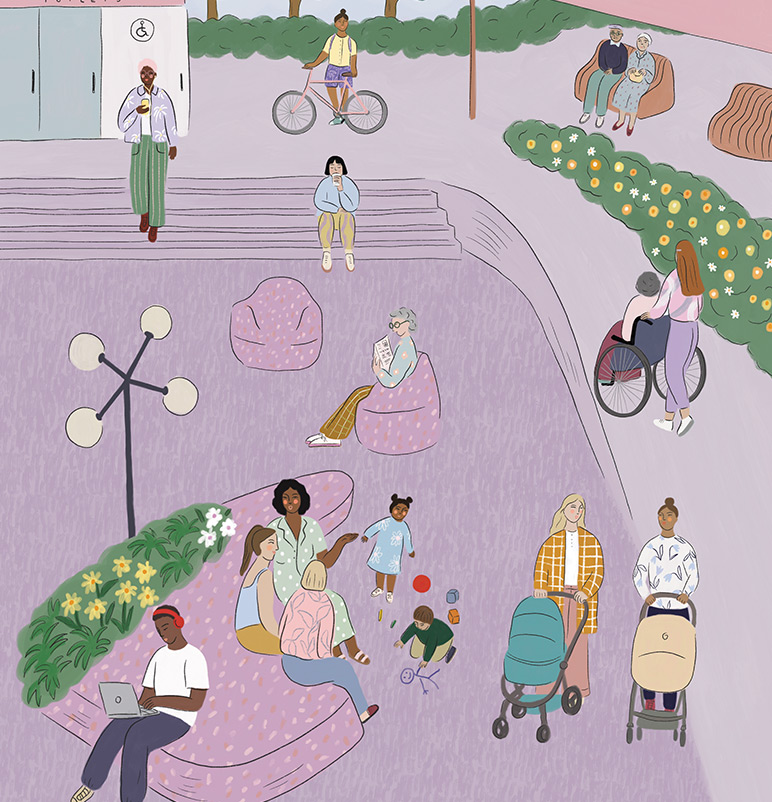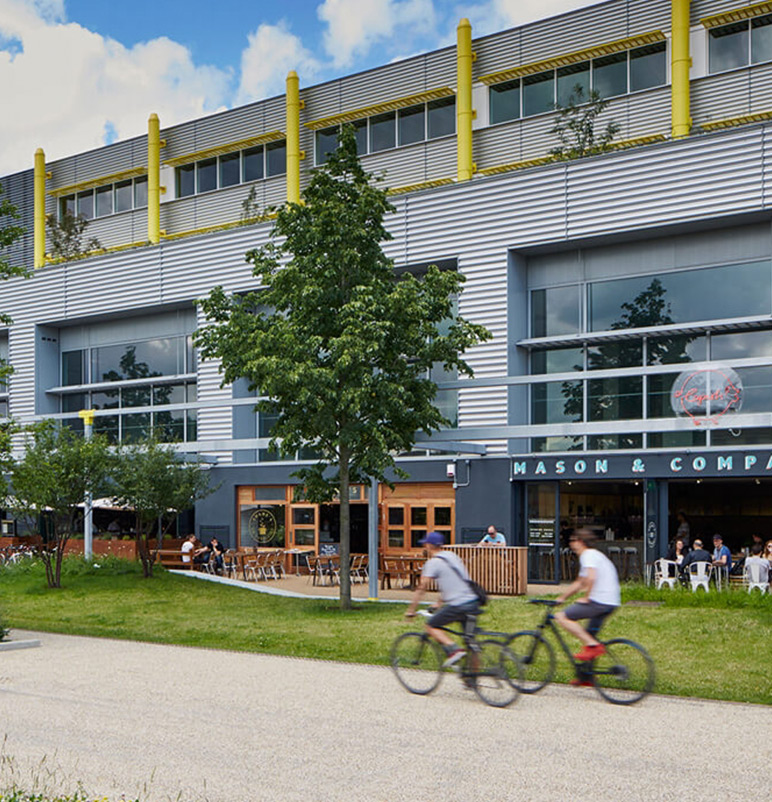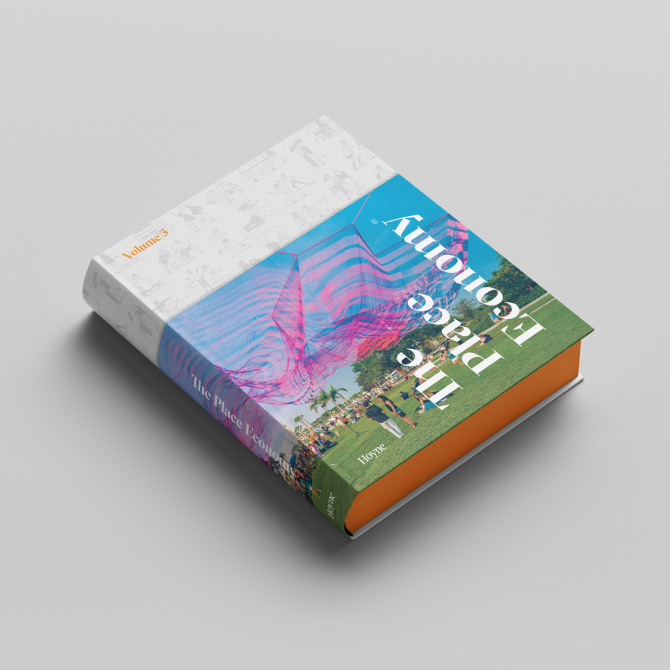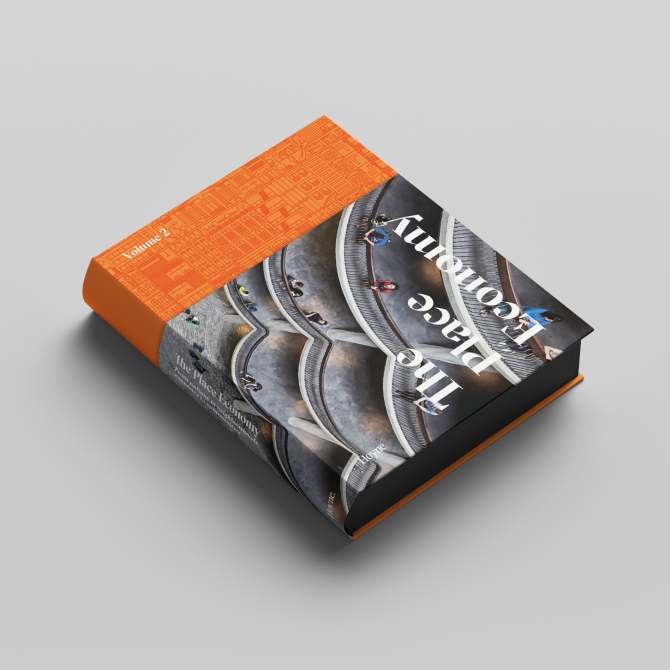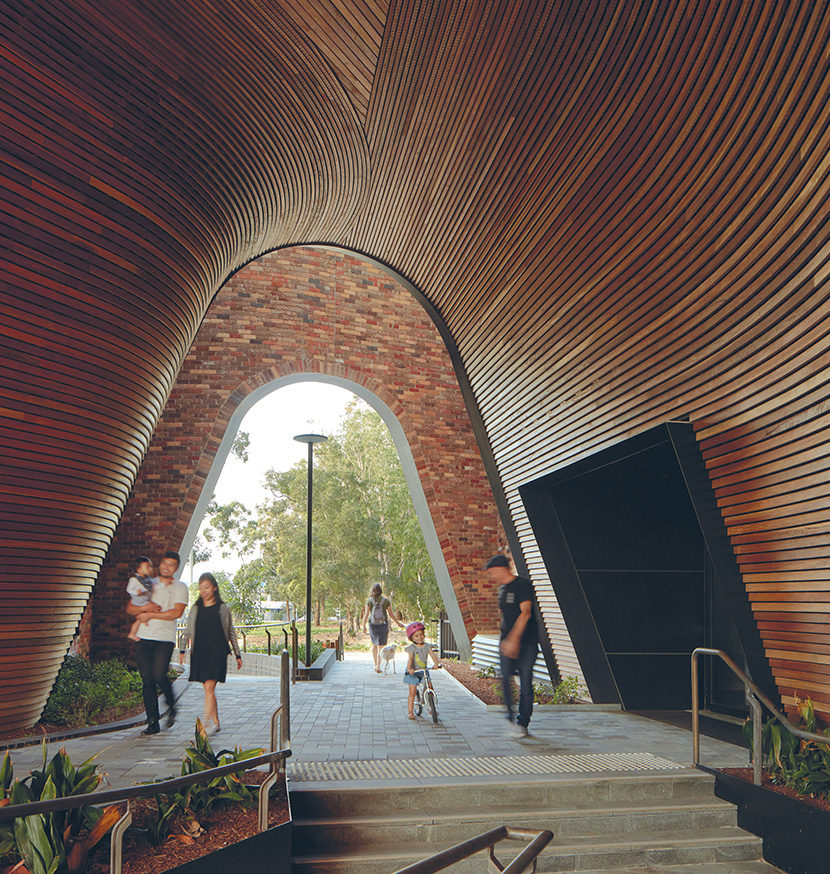
08/07/2025 / Insights
From Vision to Legacy: Build with purpose. Deliver with impact.
In this reflection from the 2025 Placemaking Summit, Hoyne’s Strategy Director Tom Payne challenges us to treat purpose not as a phase, but as a thread.
Read more
21/08/2024 / Events
The Parramatta promise
Parramatta Road could transform from a boulevard of broken dreams to a promenade of possibilities.
Read more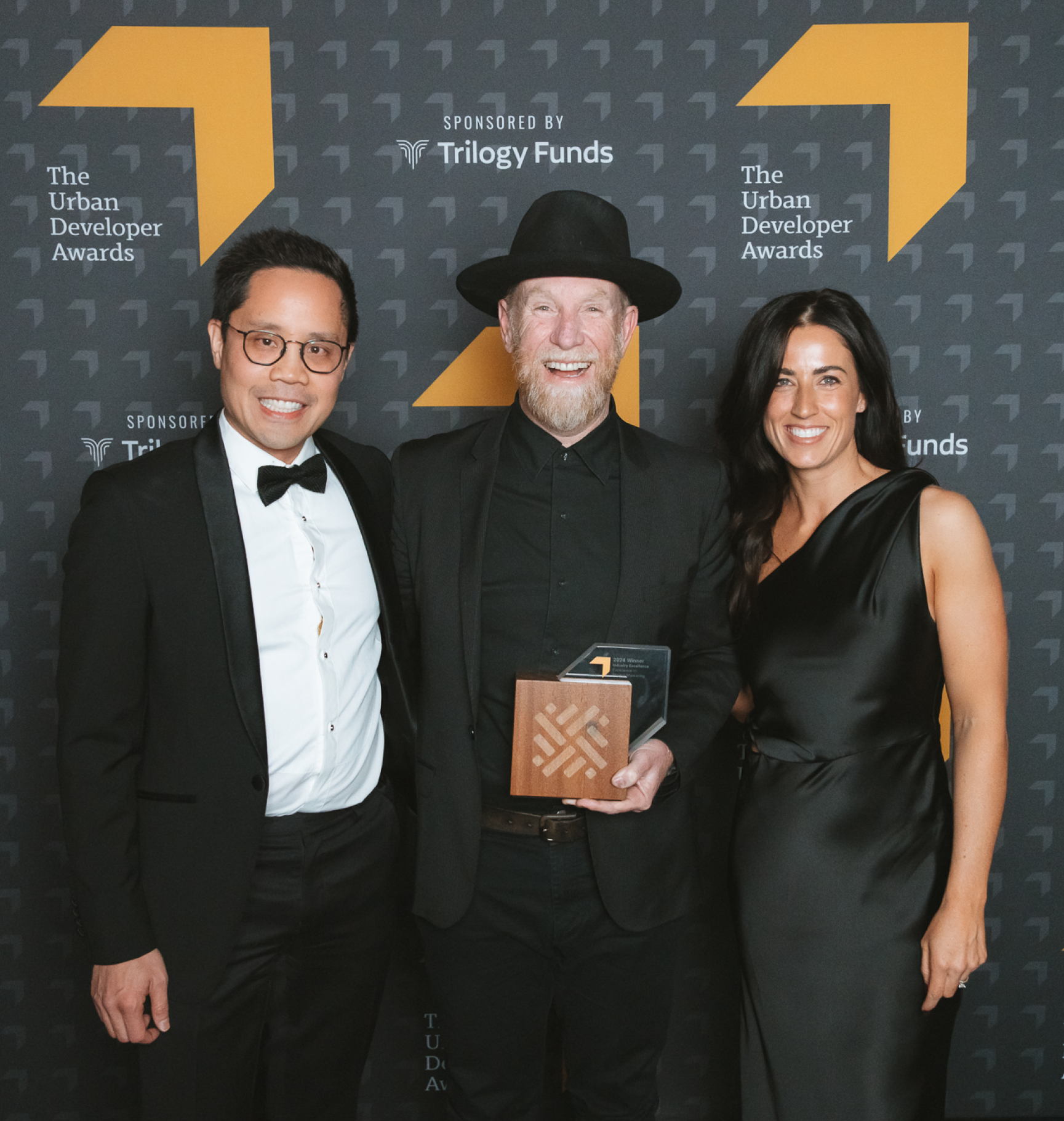
02/08/2024 / Awards
New Epping wins TUD Excellence Award
One of our favourite projects, New Epping by Riverlee, recently won the Excellence in Project Marketing Award at The Urban Developer Awards.
Read more
24/05/2024 / Awards
Andrew Hoyne wins Industry Impact Award
Our Founder Andrew Hoyne was announced winner of the Property Council NSW Industry Impact Award!
Read more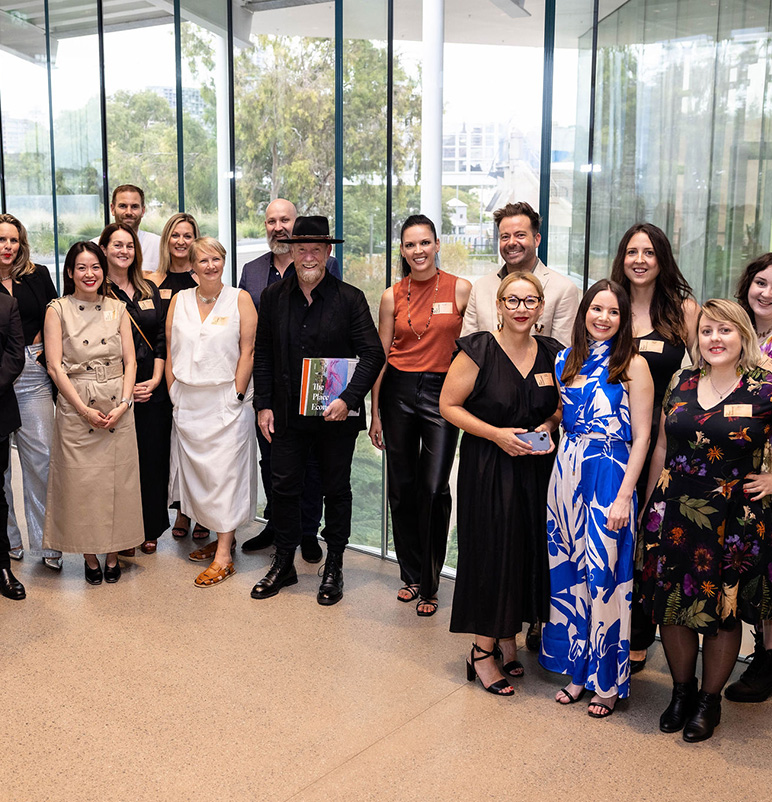
18/04/2024 / Events
The Place Economy Volume 3 Sydney Launch
Last month we launched the third and final volume of The Place Economy series.
Read more
18/08/2023 / News
A new partner for Hoyne
Reflecting our commitment to innovative and strategic placemaking, we’re delighted to announce the appointment of Hoyne’s newest partner, Tom Payne, Director of Place Strategy.
Read more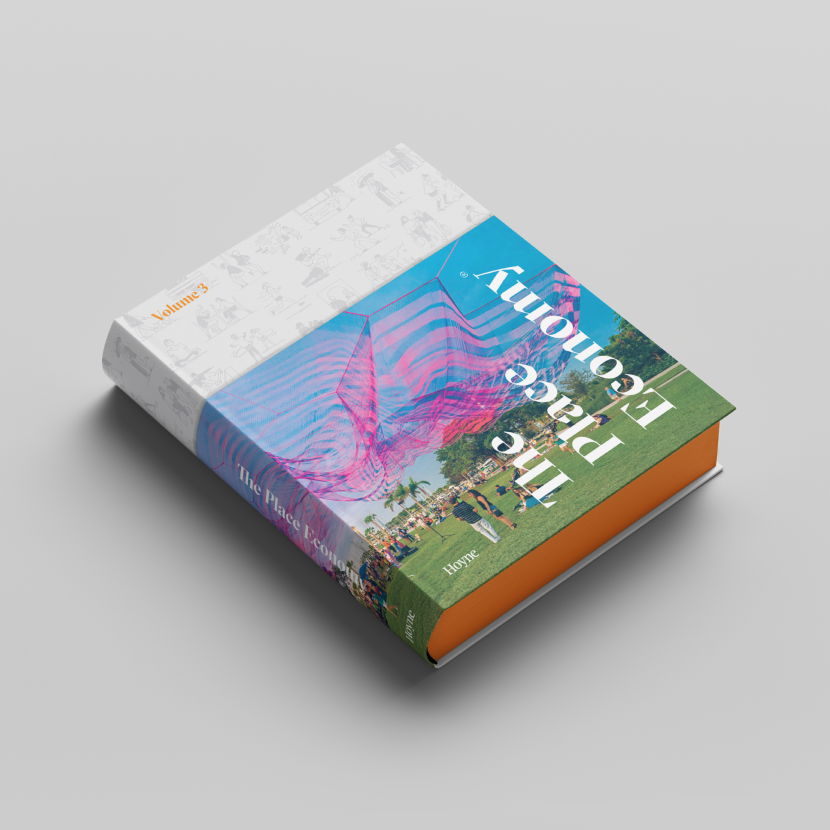
08/06/2023 / News
Welcome to The Place Economy Volume 3
On the global hunt for best practice placemaking and development, regardless of hurdles (and pandemics).
Read more
13/05/2023 / Insights
Australian cities should be vertical & multidimensional
A recent trip to Hong Kong prompted Tom Payne to ask how we can bring the multidimensional experience to Sydney?
Read more
31/03/2023 / News
Hoyne celebrates new partners
Hoyne’s leadership team expands with the appointment of three new partners.
Read more
27/03/2023 / Events
SXSW Sydney
SXSW is coming to Sydney in October and we need your support (and votes) to get one of these topics on the programme.
Read more